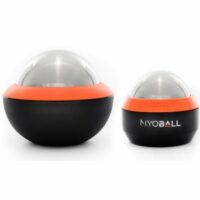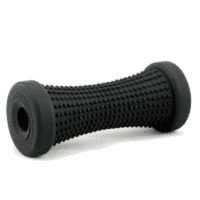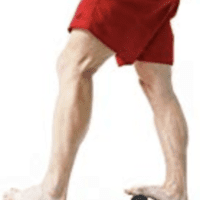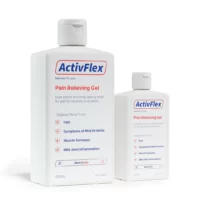Leg Massage

Remedial Leg Massage
What is a Remedial Leg Massage?
Remedial leg massage is a modality that incorporates numerous techniques to locate and treat musculoskeletal imbalances and chronic/acute pain.a
What is Leg Massage?
Leg massage provides a healing treatment that can be gentle or strong, deep or shallow. When muscles and tendons become damaged, impaired, knotted, tense or immobile, remedial leg massage provides an effective healing treatment.
Remedial leg massage holistically treats the whole body. It traces the discomfort back to the original cause as far as possible, healing both the disorder’s cause and the symptoms.
We recommend it if you haven’t ever experienced a quality remedial leg massage.
What Conditions Benefit from a Remedial Leg Massage?
Remedial leg massage effectively treats a wide range of conditions and ailments.
Common Causes of Leg Pain
By Region
- Ankle Pain
- Calf Pain
- Foot Pain
- Groin Pain
- Heel Pain
- Hip Pain
- Knee Pain
- Sciatica
- Shin Pain: Shin Splints
- Thigh, Hamstring, Groin & ITB Injuries
By Structure
How Does a Remedial Leg Massage Help You?
As well as assisting in treating the above conditions, remedial leg massage positively impacts various systems of your body. These include:
Circulatory and Lymphatic Systems
Remedial leg massage encourages blood flow to the treated tissue by stimulating the circulatory system. As the lymphatic system works near the circulatory system, the massage will reduce pain and swelling by improving lymphatic flow.
Muscular
Remedial leg massage impacts the muscular system by stretching tight muscles, relaxing and releasing overused muscles, reducing spasms and muscular cramping, and assisting tissue regeneration.
Endocrine/Hormonal
Remedial massage can promote a decrease in cortisol, which releases when we experience pain and stress. Massage also encourages increased serotonin and dopamine levels, improving mood and relaxation and relieving pain. This endocrinal effect can also have a follow-on effect by reducing anxiety while enhancing sleep, concentration and energy levels.
Joints
Remedial leg massage can increase the joint range of motion by working on the leg muscles around a joint.
When are the Best Times for a Remedial Leg Massage?
Remedial leg massage for chronic, long-standing conditions can occur at any time. Ideally, your leg massage should regularly promote mobility and improved function and stop muscular conditions from becoming problematic and painful.
For acute or recent injuries, remedial leg massage is indicated 72 hours after an injury and after rest or ice has reduced inflammation and swelling.
How Long Should You Book for a Remedial Leg Massage?
PhysioWorks offer remedial leg massage treatments for 30, 45, or 60-minute appointments. Generally, 30 minutes is sufficient time to treat most leg muscle problems. 45-60 minute appointments are for athletes or chronic patients who need extra attention.
What Frequency Works Best for a Remedial Leg Massage?
You can often resolve a new injury or condition within a few treatment sessions. However, long-standing chronic conditions often require treatments to return the area to normal function. This will usually include weekly massages and gradually be spaced out in frequency until a maintenance stage is reached.
While everyone’s needs will differ depending on your lifestyle, regular remedial leg massages work best. A maintenance massage should be performed regularly to promote mobility and improved function and stop conditions from becoming problematic and painful.
Please ask your remedial massage therapist how often you should have a massage to function optimally for advice specific to your body’s needs.
Brisbane Massage Therapists
[/vc_column_text]

































